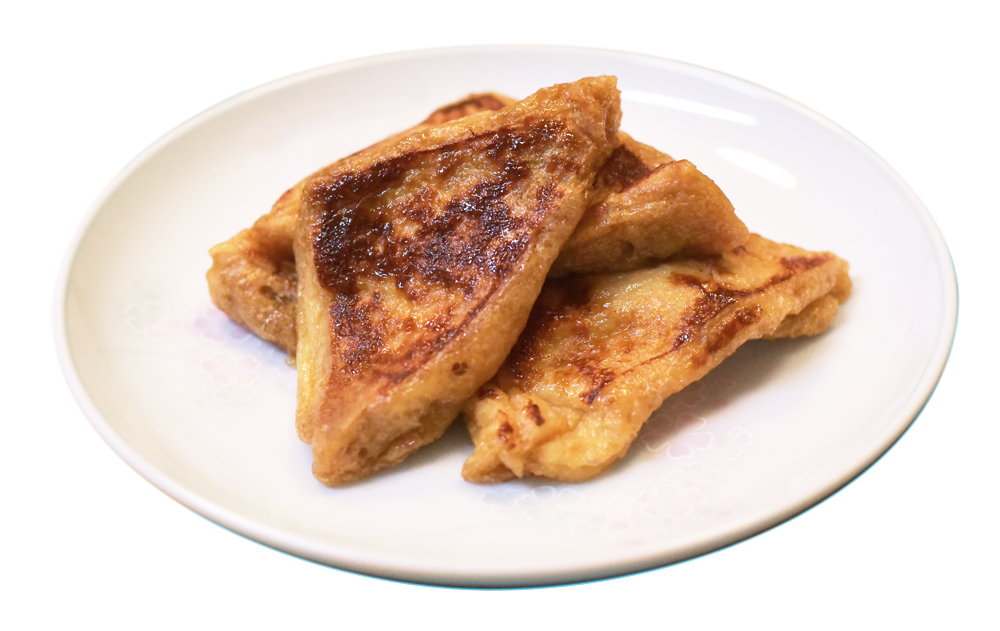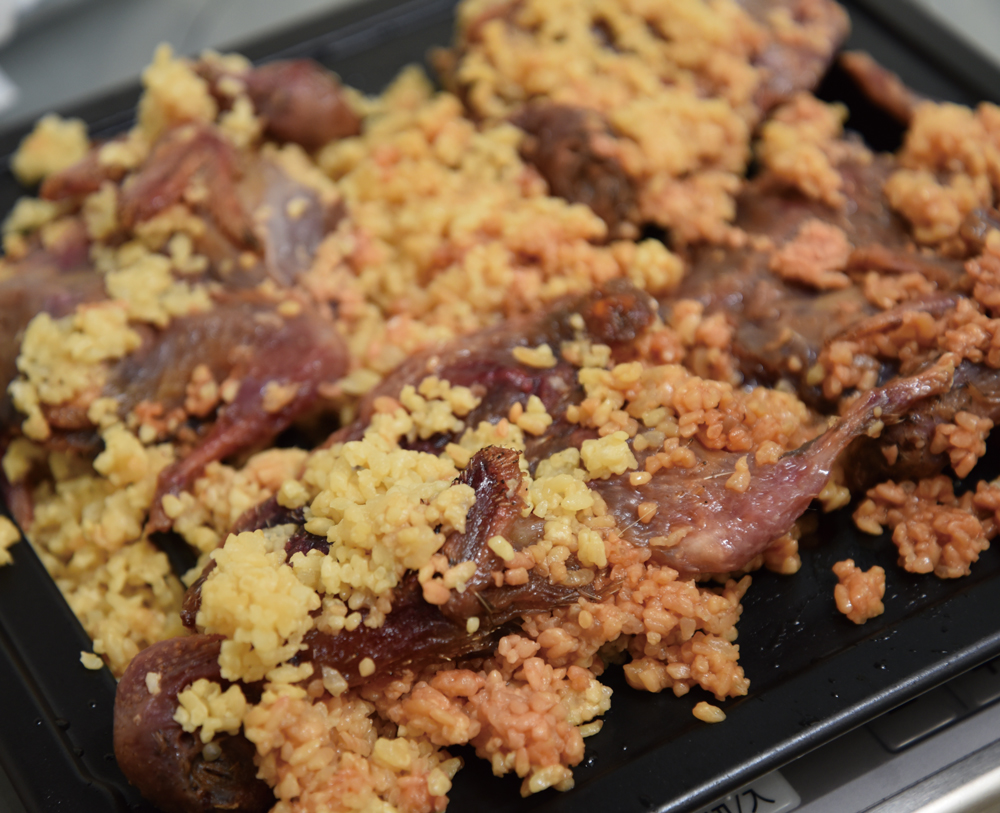Enjoying “Fermentation” in Yaotsu Town ~ Preserved Foods from the Mountains ~
In Yaotsu, h?ba-zushi?sushi wrapped in magnolia leaves?is a cherished local food, once commonly made as a portable lunch for those working in the fields or forests. Thanks to the antibacterial qualities of magnolia leaves and vinegar-seasoned rice, it keeps well even without refrigeration.
Another traditional favorite is k?ji-zuke, a fermented dish made to carry families through the long winter months when fresh ingredients are scarce. Driven by necessity, people relied on what was available: dried squid, wild birds, fried tofu. These were soaked in the deep umami of k?ji (rice malt), transforming simple ingredients into nutritious, protein-rich fare.
The foods handed down through generations here in Yaotsu are not just delicious?they are deeply woven into everyday life, born of the land, shaped by the seasons, and embraced by the people.
Pair these flavors with a glass of local sake, and you can experience the essence of Yaotsu in every bite.
Koji-Zuke: A Time-Honored Winter Preserved Food
Fried Tofu in Kōji – A Local Favorite

made using fried tofu from
Marunobu Tofu Shop.
The flavor of the k?ji soaks into the tofu,
bursting with savory richness.
It’s a taste you won’t soon forget.
II first heard this story from Yasuko-san at the “Shionami Yamano” Farmers Market, on a crisp January day when yesterday’s snow still lingered on the ground.
In mountain villages like this one, fermentation was a practical way to prepare for winter?using familiar, locally made k?ji to preserve ingredients before the cold set in. Over time, these homemade foods found their way into winter farmers’ markets as beloved seasonal offerings.
When most people hear “pickles,” they might imagine daikon radish or turnip. But here in Yaotsu, the goal was different: preserving protein during the long, lean winter. So families turned to ingredients like wild birds (in the past, dusky thrush or tsugumi in Japanese, which is a small bird), dried squid, and fried tofu.
And let me tell you?the k?ji-zuke made this way? It’s delicious.
Koji: A Familiar Friend in the Mountains
“Koji? You can buy it just about anywhere around here,” Yasuko-san says with a smile. In this village, k?ji has always been an easy-to-find staple. She remembers that, in the late fall, many neighbors would start making and selling their own k?ji?an annual rhythm of life rooted in the season’s needs.
“When you ferment something with k?ji,” she says, “it keeps.”

Simple Ingredients, Deep Flavor/
Yasuko-san offers a tip:
“If you punch a hole in the dried squid
and hang it from a rope to dry
naturally in the sun—
it turns out even more delicious.”
Before refrigerators were common, every home had a pickling room, a cool space where ceramic crocks held treasured preserves. Starting in November, families would begin their k?ji-zuke, and it would last all the way through to spring.
The most popular varieties? Dried squid, fried tofu, and quail. But people also used bonito, salted salmon, mackerel, and even chicken.
One of Yasuko-san’s fondest memories is of dried squid sold by traveling merchants in the fall. “They used to come with baskets on their backs. My parents would buy it, make k?ji-zuke, and we ate it all through winter.” Sometimes, she recalls, they didn’t even pay with money?just **traded homegrown adzuki beans** instead.
The Legendary K?ji-Zuke of Wild Birds
Memories of the Once-Beloved Tsugumi

tsugumi (dusky thrush). When people talk about tsugumi, their faces light up with joy and nostalgia.
When you ask people about the delicious food from Yaotsu, they will always say hebo and tsugumi. Today, however, tsugumi can no longer be hunted, nor can the kasu-mi ami (mist nets). Since the 1960s, both the birds and the nets have been prohibited under Japan’s Wildlife Protection and Hunting Law.
If you ask anyone who’s ever tasted it, they’ll tell you:
“The best k?ji-zuke is tsugumi.”
Here in these mountain villages, k?ji-zuke and tsugumi were once inseparable.
Each autumn, people would hunt the birds as they migrated through. After grilling one bird per person to enjoy right away, the rest would be packed into k?ji and saved for New Year’s feasts, offered to guests, and served at seasonal gatherings throughout to spring.
In the past, the Shionami district was home to restaurants that hosted year-end and New Year banquets for company groups from cities like Nagoya, Kani, Minokamo, and Tajimi.
Their specialties? Wild bird dishes, boar hotpot, and matsutake rice?a luxurious seasonal course steeped in the tastes of the forest.
Some locals even made their living by traveling as far as Echizen to hunt, supplying these restaurants with fresh game.
But times have changed. As tsugumi became protected, and matsutake mushrooms became rarer and more expensive, people turned to izakaya for easier, more casual gatherings. The buses that once carried groups to mountain inns stopped coming, and the flavor of tsugumi became something preserved only in memory.
Today, quail and chicken have taken tsugumi’s place in k?ji-zuke. At the Shionami Yamano Farmers Market, some customers still come in during the New Year season asking for quail k?ji-zuke, saying,
“It just isn’t New Year’s without it.”